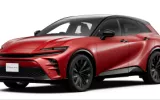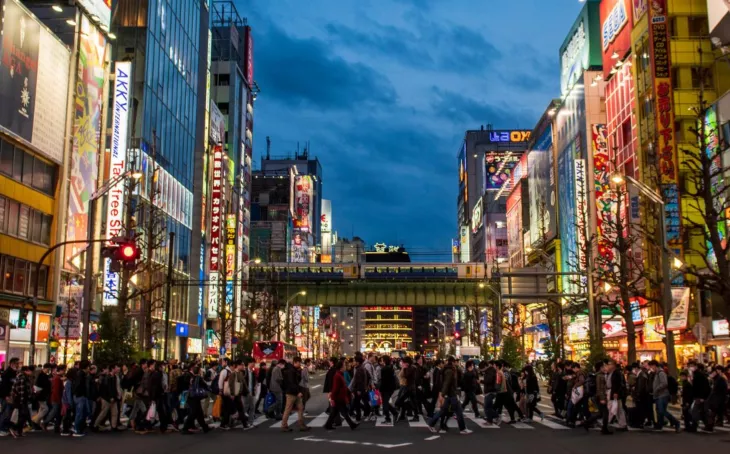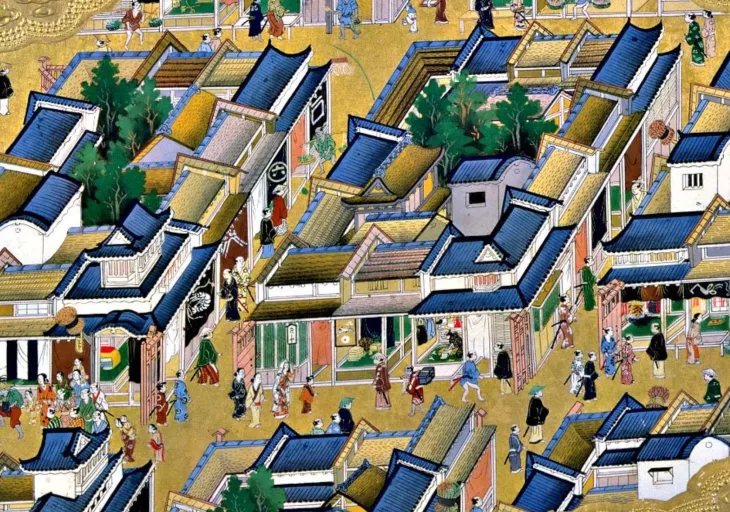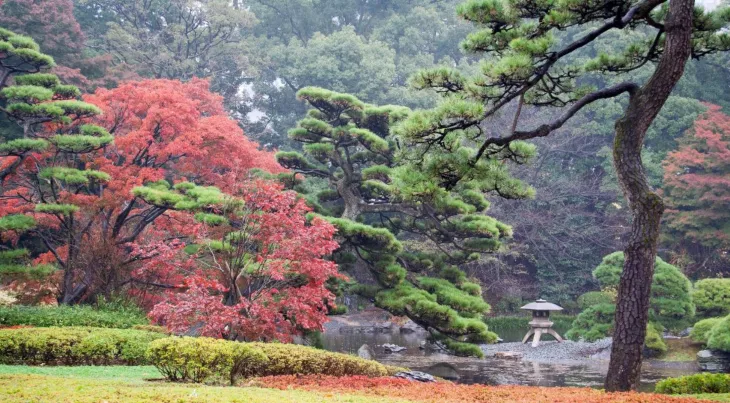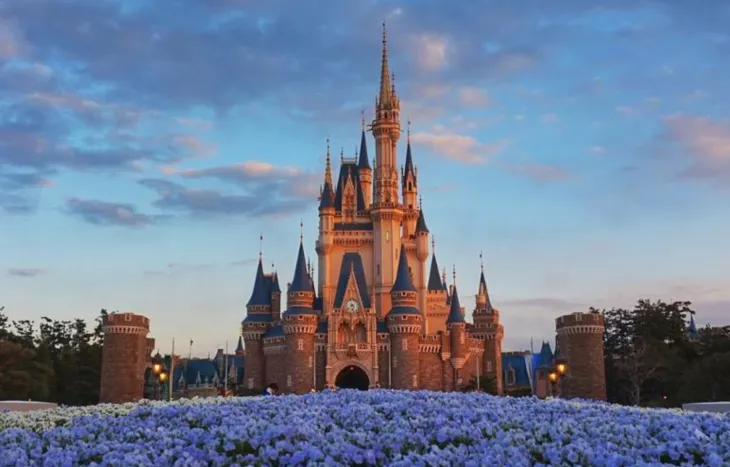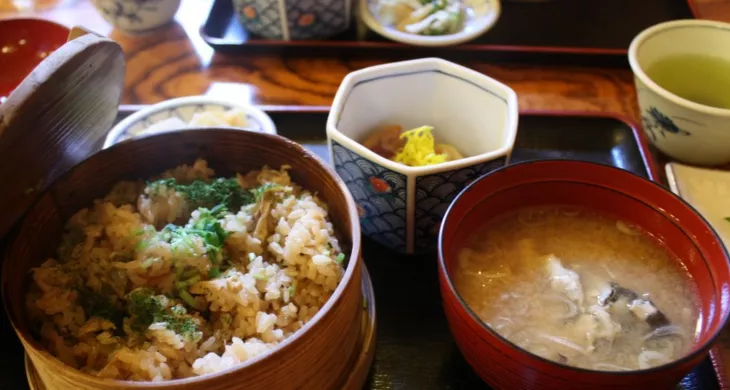Tokyo overwhelms tourists literally from the very first moments, as soon as the foot of the traveller steps on its land. It seems that everything here is not the same as in other cities: the incredibly complex layout of the neighbourhoods, and the intricate metro lines that are perceived as not connected, and the continuous jungle of city communications wires. At rush hours, people seem to merge into one river, and its streams fill the streets, underpasses and public transport. Here you must always keep your eyes open because it is very easy to get lost.
Tokyo has the second largest population density in the world. The 37 millionth city is not only the political, administrative and financial, but also the industrial and cultural centre of the country. Tokyo is located in the southeastern part of the largest Japanese island of Honshu.
the capital of the only empire in the world, cannot be described in a few words or limited to only a couple of epithets about it, even the most eloquent ones. And all because in this ancient city, modernity and old Japanese traditions coexist harmoniously.
The Old Town is worth mentioning separately. Visiting its many palaces, temples and shrines, it is as if you are plunging into the era of the shoguns, who for a long time were the sole rulers of Japan. Art lovers will satisfy their craving for class at Tokyo's many museums.
The most traditional universities in Tokyo are Tokyo, Waseda, Keio and Hosei. There are several hundred art galleries and several dozen state and private museums in the city. The Tokyo National Museum houses 85,000 works of art, painting and sculpture.
Tokyo is also known as a shopping paradise, where you can buy everything from the coolest gadgets and other gadgets to trendy clothes and cute Japanese souvenirs. Fashionable cafes and restaurants, discos, nightclubs and extravagant bars - for every preference, taste and budget.
In recent years, Tokyo has become one of the world's largest financial centres. In terms of the volume of financial transactions, the Tokyo Stock Exchange is similar to the famous stock exchanges of New York and London.
One can talk about the past of the capital of Japan for a long time and in the most picturesque values. The city was founded in 1457. The very favourable location on the plain and at the intersection of trade routes, not far from the bay, suitable for the construction of ports, contributed to the development of the town. By the middle of the 18th century, Edo became one of the largest cities in the world. By the beginning of the 1790s, it had more than 1.3 million residents. In 1869, the emperor moved to Edo with the entire court, the town was renamed Tokyo, and it became a mature capital.
Rapid industrialization in a matter of decades has transformed the new capital into the flagship of the Asian economy. After WWII, Tokyo began to quickly recover, becoming the shining example of the Japanese economic miracle. Overseas investments have played an essential role in the rapid growth of the industry.
One of the hallmarks is the Tokyo Imperial Palace, located in the centre of the city. The palace complex occupying 7.5 km² is surrounded by ancient walls, ditches and canals. Excursions to the courtyard of the palace without visiting it usually last 1 hour 15 minutes and are organized by appointment. The audio guide speaks Japanese and English. The best time to visit the palace is March-April. The personal imperial chambers, shielded from the eyes of strangers, are under strict security.
Anyone who loves old cars, electric cars and speed rushes to the Toyota Mega Web Exhibition Center - the main car museum. For fans of really cool cars, visiting here is equivalent to a pilgrimage to a holy place.
It will not be boring for children in Tokyo, especially within the walls of the local Disneyland. It is found in the city of Urayasu, stretching along the shores of Tokyo Bay, and comprises an area of almost 47 hectares. The entertainment centre has its developed tourist infrastructure: hotels, shops, restaurants and parking lots.
Another popular Tokyo museum is dedicated to the Little Prince, the world-famous hero of the French writer Antoine de Saint-Exupery. The museum even has its park, the exposition of which is so thought out to the smallest detail that walking in it is equally pleasant and comfortable at any time of the year.
Tokyo has many amazing gardens, and one of the most famous is the Happo-en Garden. In the spring, these corners of nature are strewn with sakura flowers, and in the fall they begin to resemble old Japanese prints.
If you are not at all accustomed to Asian cuisine and Japanese in particular, it may shock you at first. You can only get to know the taste of real Japanese cuisine in its homeland, and Tokyo opens up excellent occasions in this regard. There are many fast-food restaurants in the Japanese capital. Places like Matsuya, Ootoya and Yoshinoya will treat you exclusively to traditional cuisine.
The most famous shopping area in the capital of Japan is Ginza. Three successful supermarkets Mitsukoshi, Matsuya and Matsuzakaya, selling only national brands, are located here. If you want an ultra-modern computer, cool gadget, laptop, don't pass by the Akihabara area. Such goods are sold by Nishikawa Musen and LAOX stores, which are recommended. Japanese shops open at 10 am and accept customers until 7 pm. The duty-free system, appreciated as Tax-free, operates in many shops in the capital. In Tokyo, the most fashionable hotels are focused, on the Akasaka and Shinjuku areas. Hostels and guest houses are also common in Tokyo.



